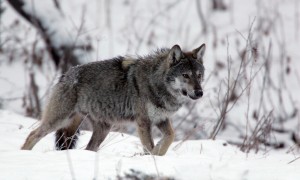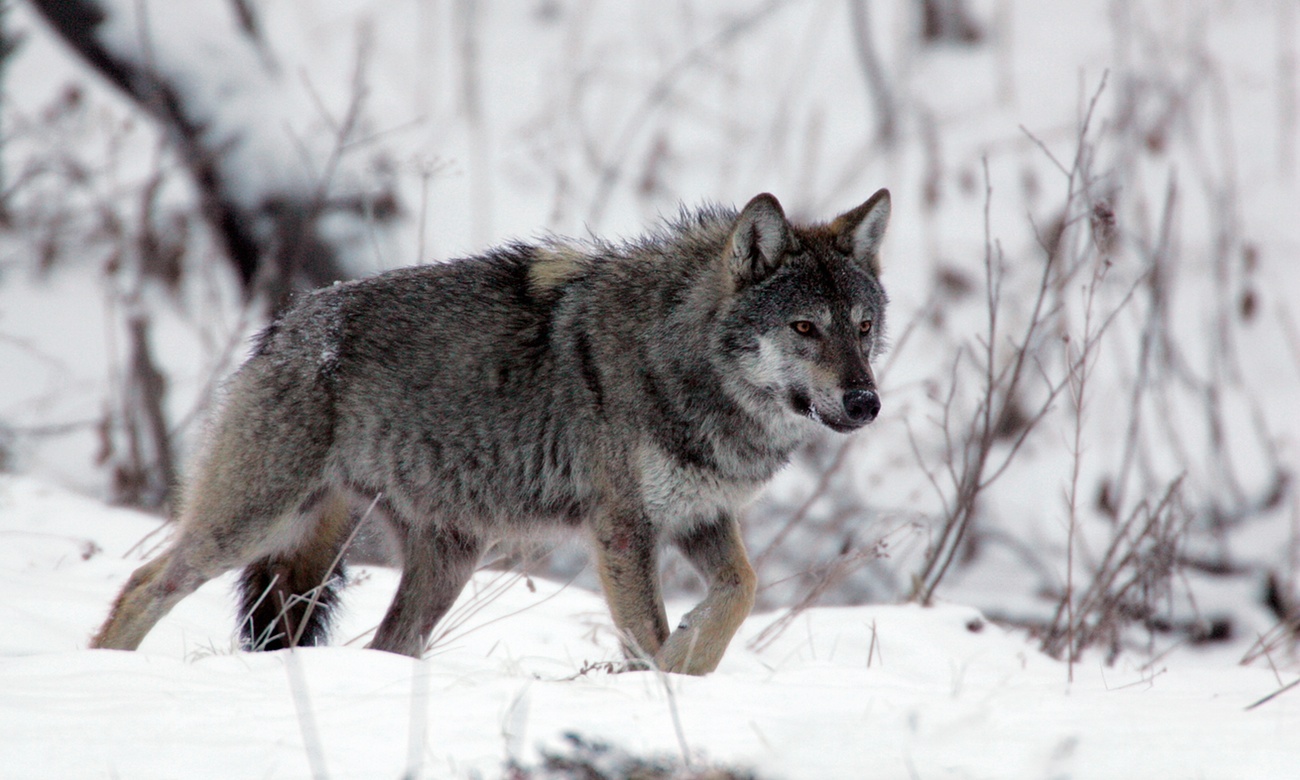
When Poland banned wolf hunting, numbers doubled. But now animal scientists fear that politicians could turn back the clock.
Robert Mysłajek stops dead. Between two paw prints on a muddy mountain track, the scientist finds what he is looking for. “Scats!’’ he enthuses. Wolf sightings are so rare that a flash of faeces marks a good day, even for a seasoned tracker.
But it is getting easier. There are now an estimated 1,500 wolves in Poland. The number has doubled in 15 years. Wolves are – along with the brown bear, the lynx and the wolverine – Europe’s last large predator carnivores. Conservationists from Britain, Germany and the Netherlands are beating a path here to find out how the country has saved this protected species, slandered even in fairytales.
Bits of bone and hair protrude from the precious black faeces. “It ate a red deer,’’ says the University of Warsaw biologist. “In my lab, I can tell you all about this wolf – not only its diet, but its gender, sexual habits, age, state of health and family connections.’’
DNA tests have established that Polish wolves are travellers. “One wolf reached the Netherlands, where unfortunately it was hit by a car. They have a tremendous range. They need space. The average territory required by a Polish pack is 250 sq km (155 sq miles),’’ said Mysłajek.
“Is there any prospect of our ever being able to reintroduce wolves to Scotland?’’ asks student Alex Entwisle, 23, on a field trip to southern Poland from his college near Chippenham, Wiltshire. The animal science students have spent the day observing scat and paw prints in the spruce-clad Beskidy mountains of the Polish Carpathians.
They are more used to discussing the red ants of the New Forest than the current hot topic among advocates of rewilding: whether to reintroduce wolves to the British Isles for the first time since the 18th century
As the guest of a British charity, the Wolves and Humans Foundation, Mysłajek toured the Scottish Highlands in September and took questions from villagers about the Polish experience. “The big difference between Scotland and Poland is that we eat pork. We do not have many sheep here.
“The similarity is that we have a lot of ungulates – 300,000 red deer and more than 800,000 roe deer. In Poland we also have a massive overpopulation of wild boar – about 200,000 – and these are ravaging farmers’ cereal crops. Here, wolves are part of the solution,’’ he says.
